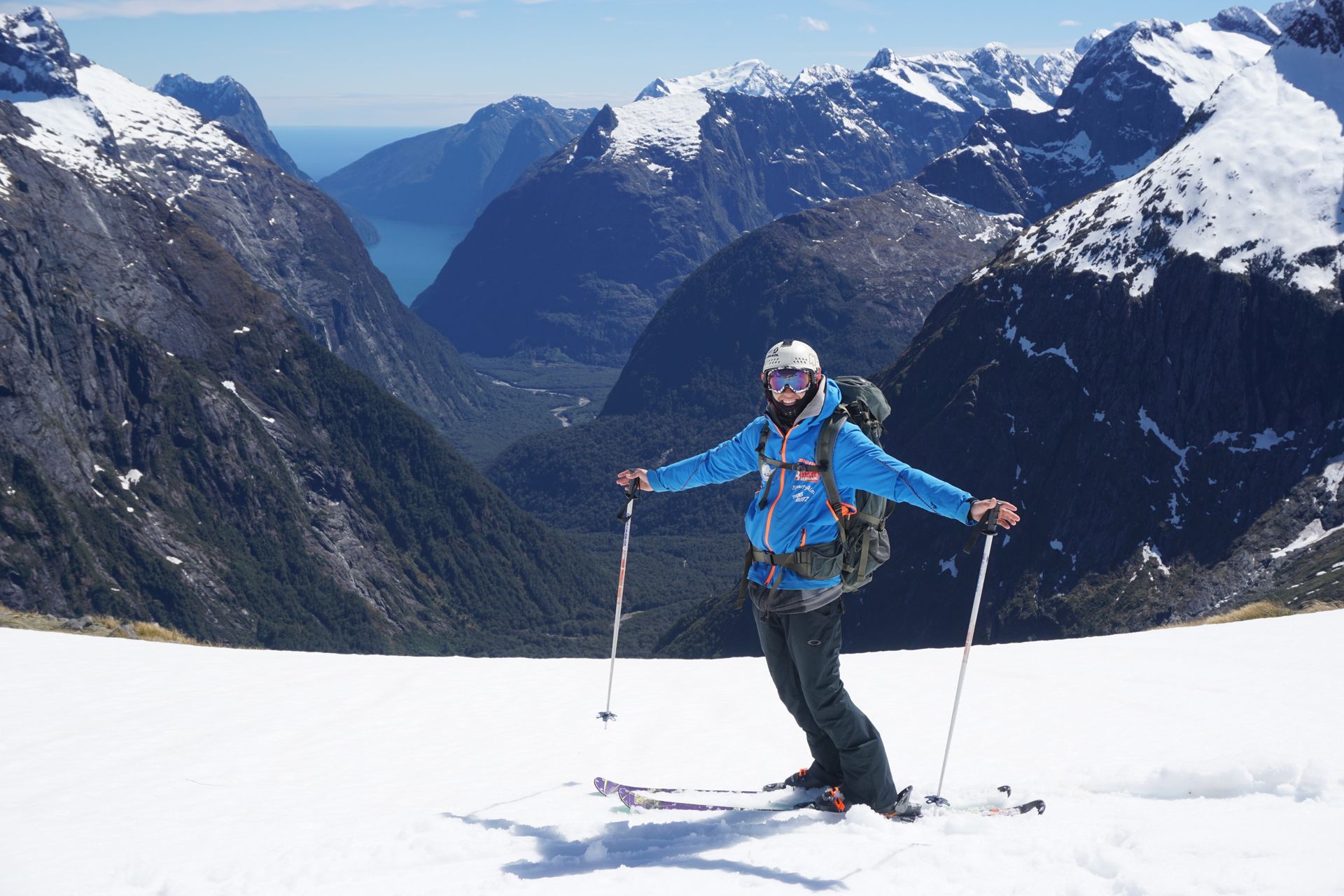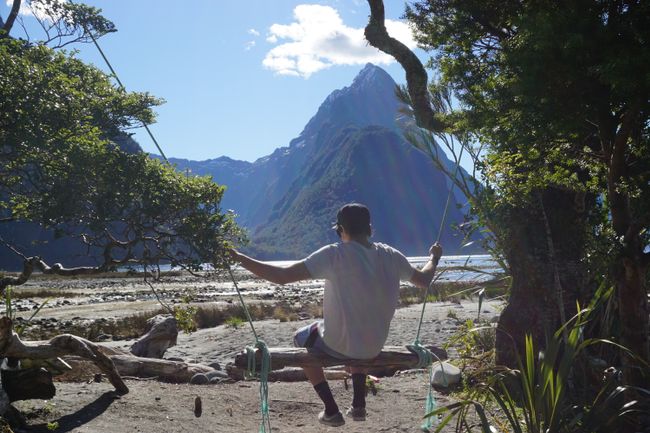Chapter XI - Kaikoura × Spraymarks
प्रकाशित: 16.11.2017
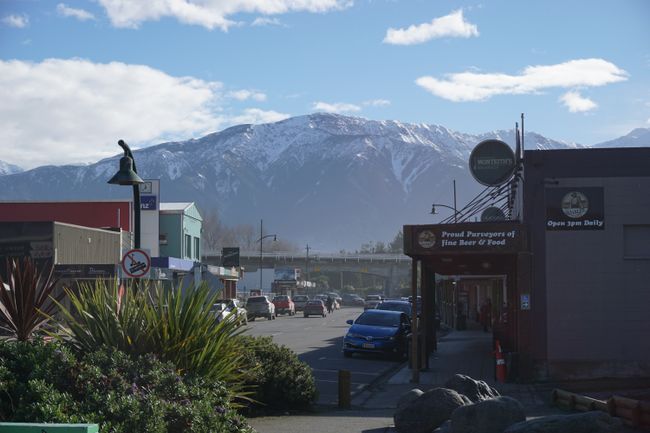
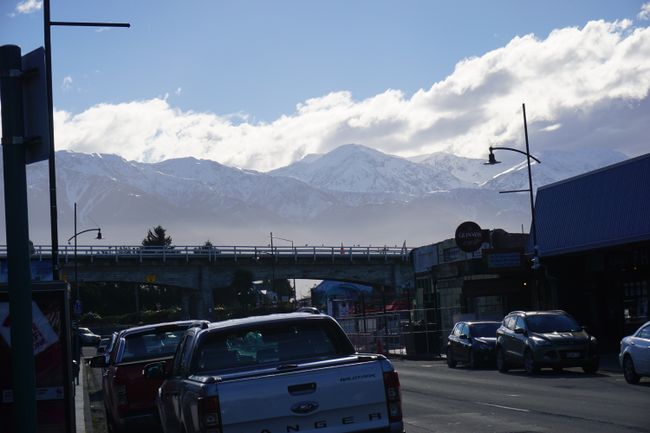
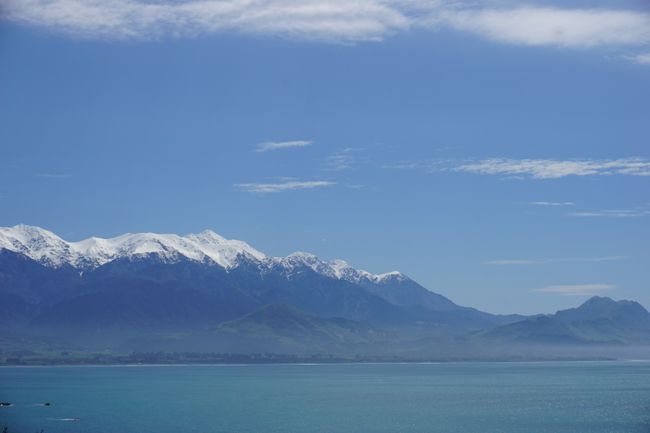
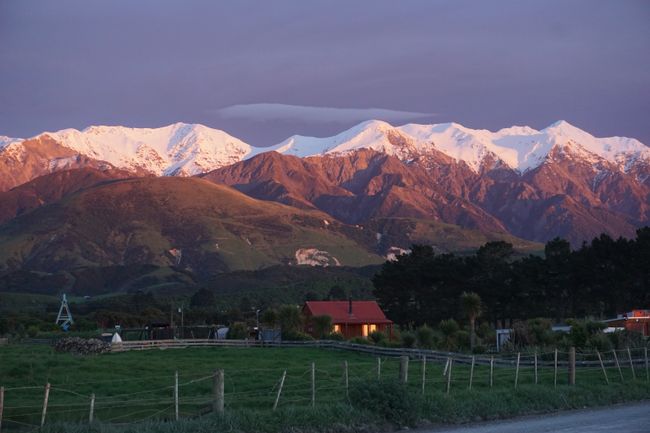
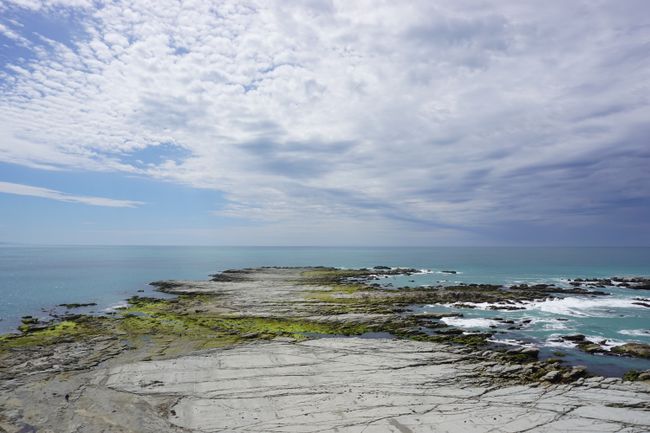
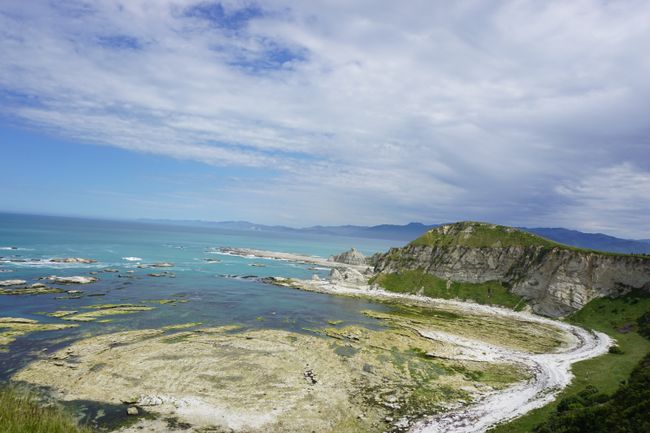
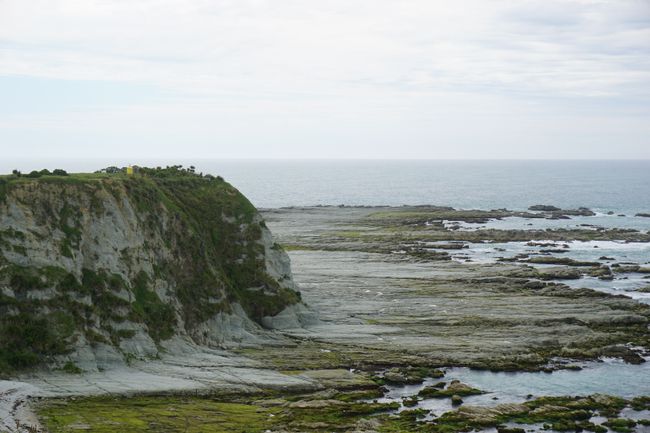
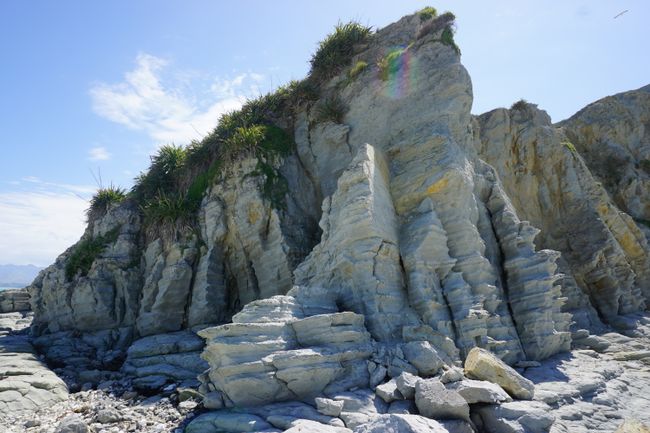
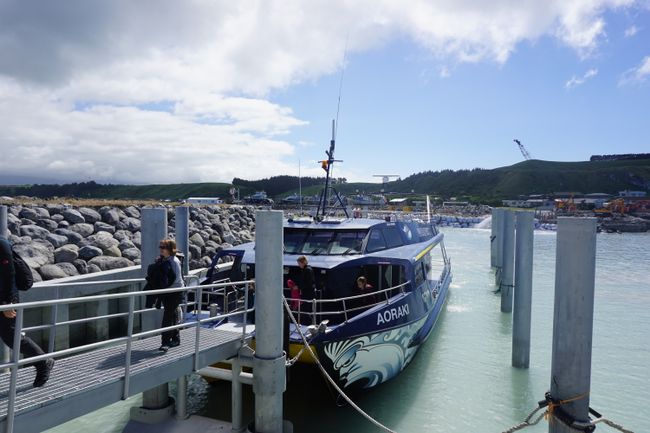
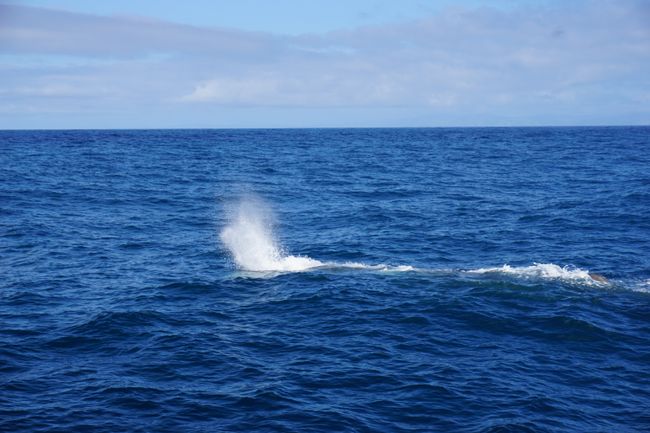
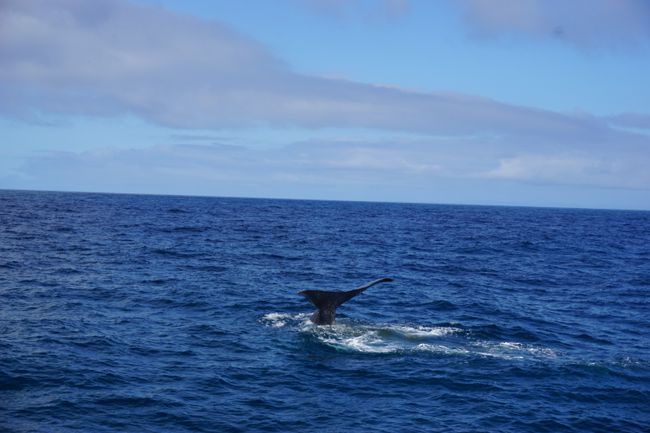
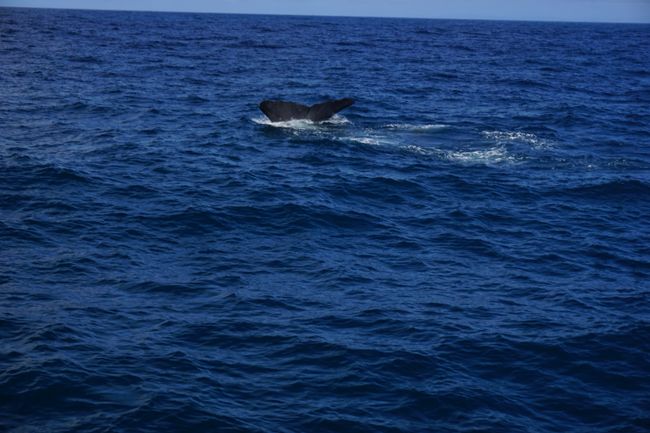
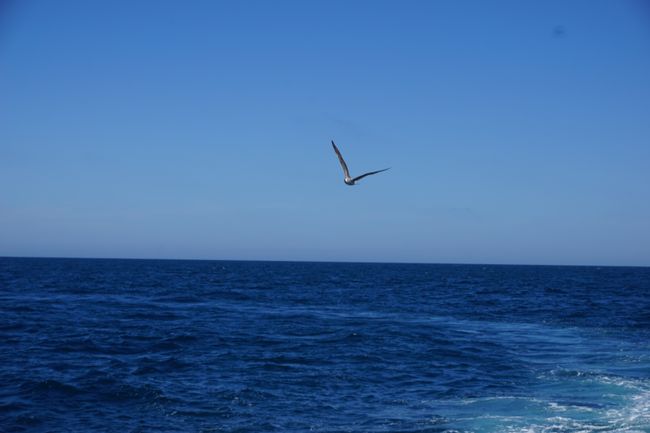
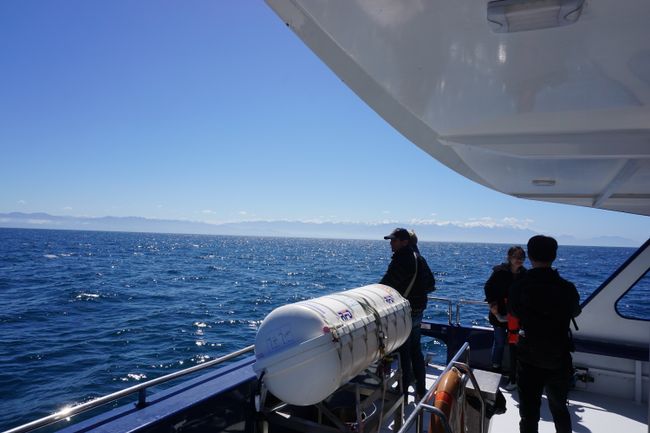
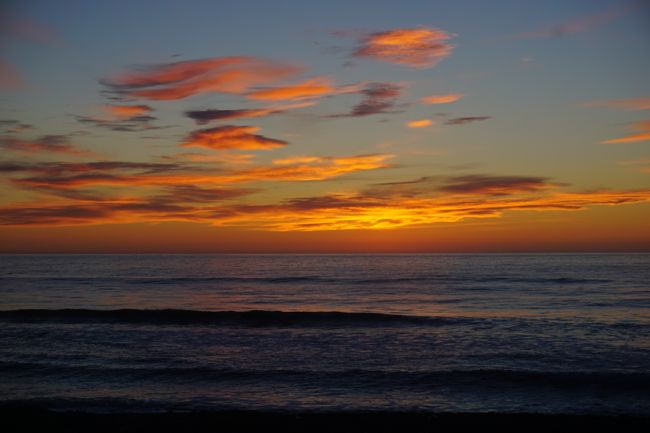
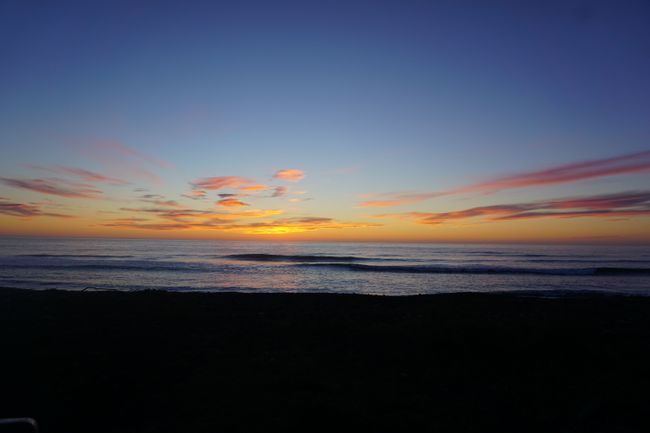
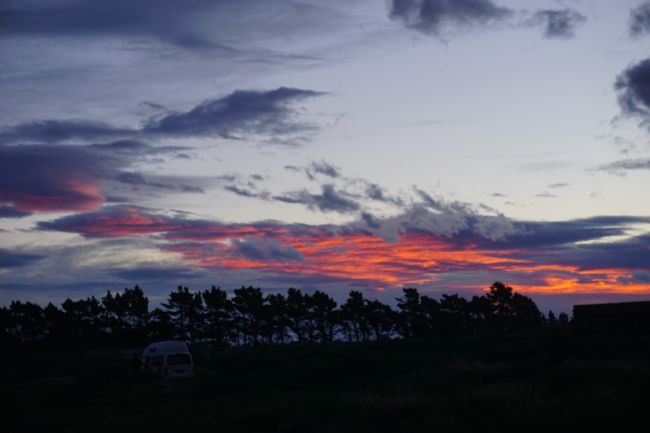
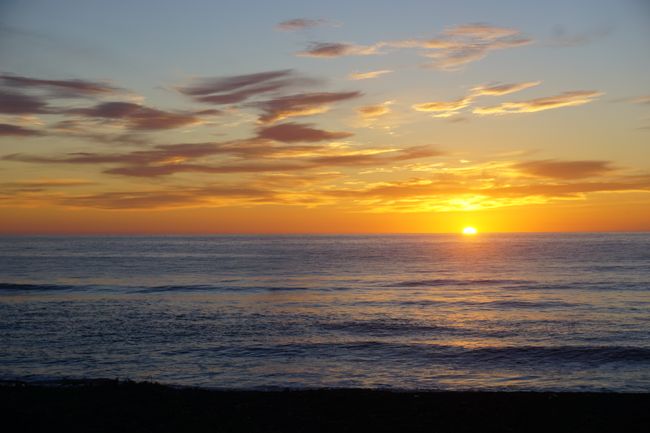
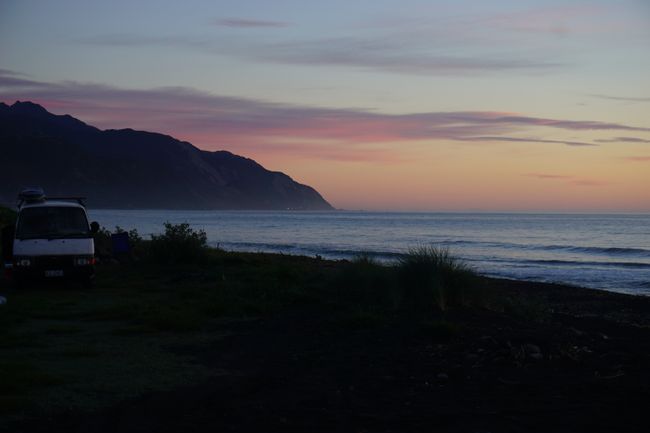
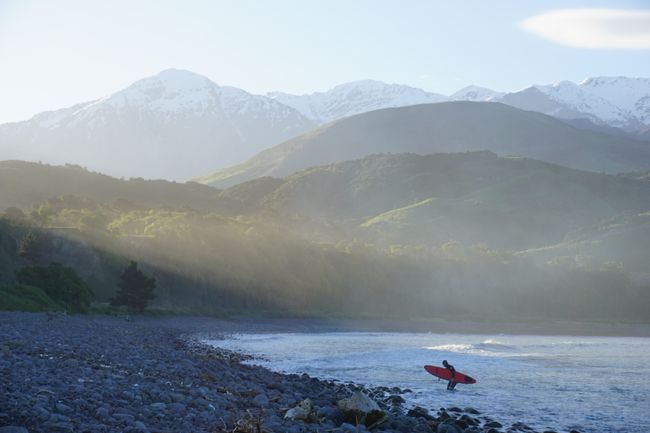
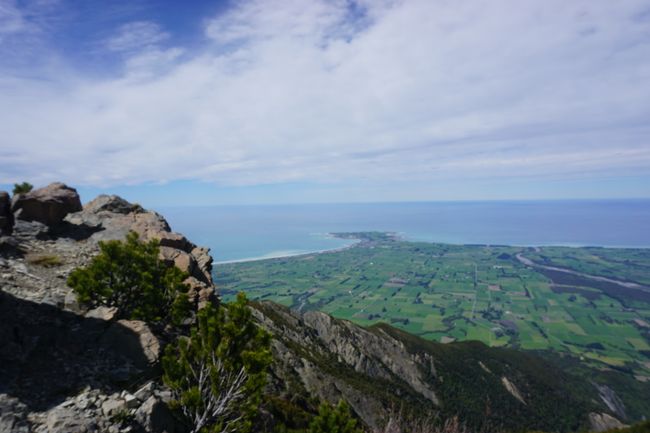
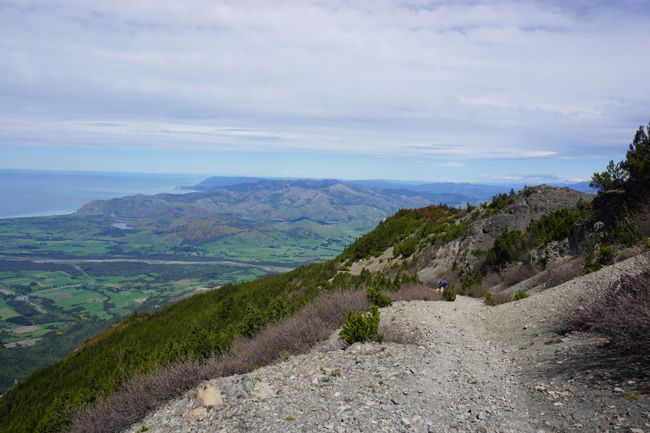
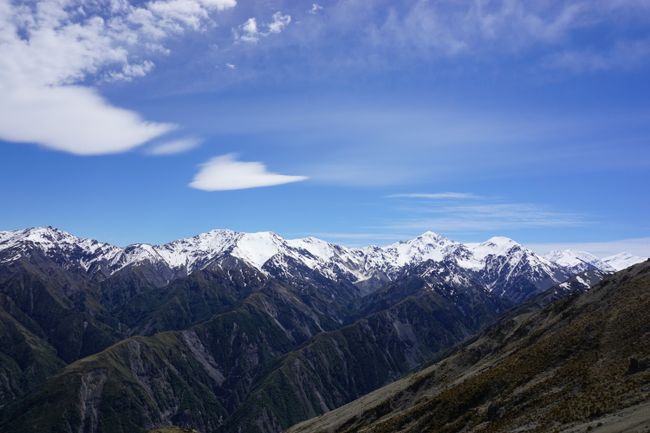
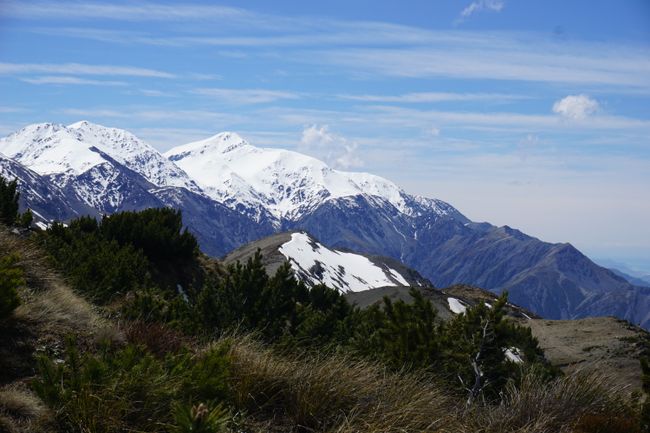
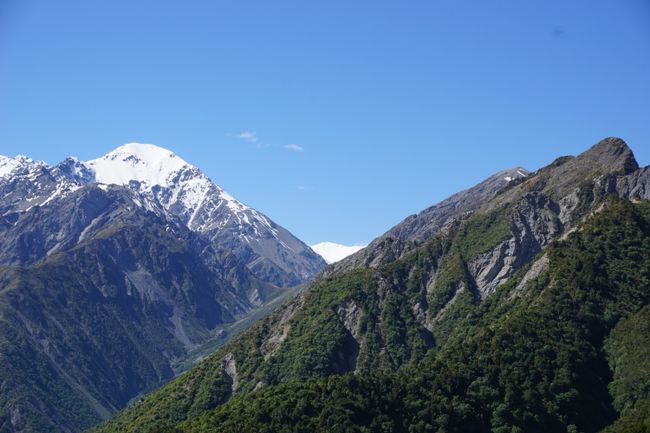
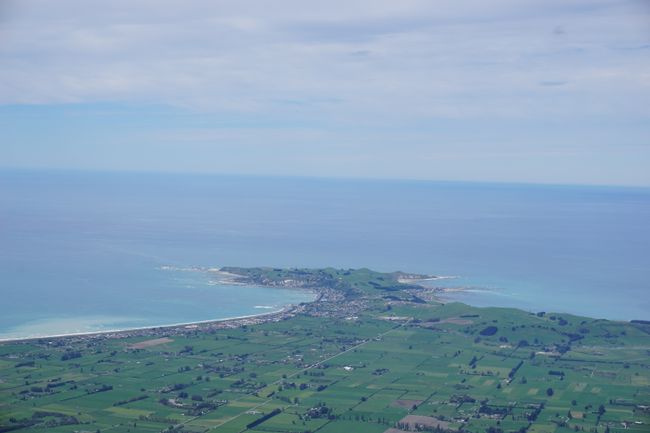
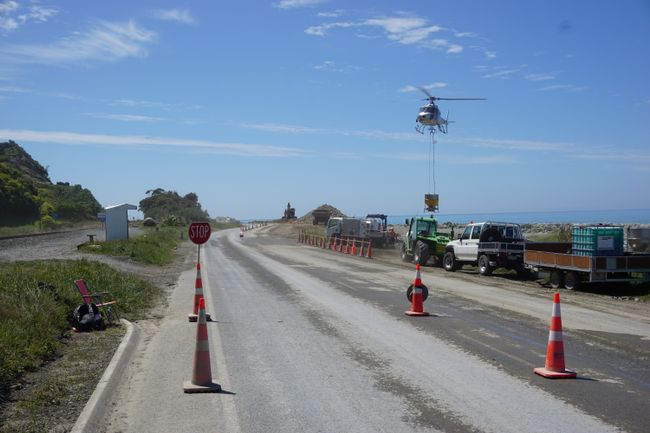
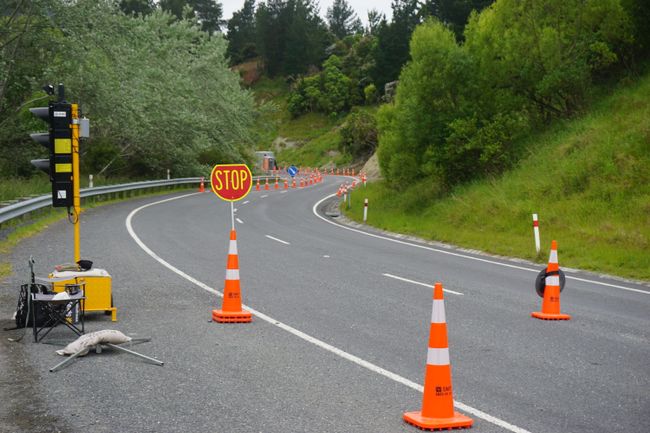
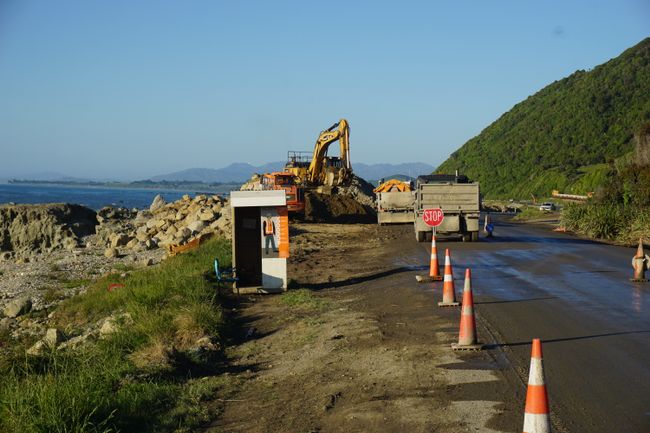
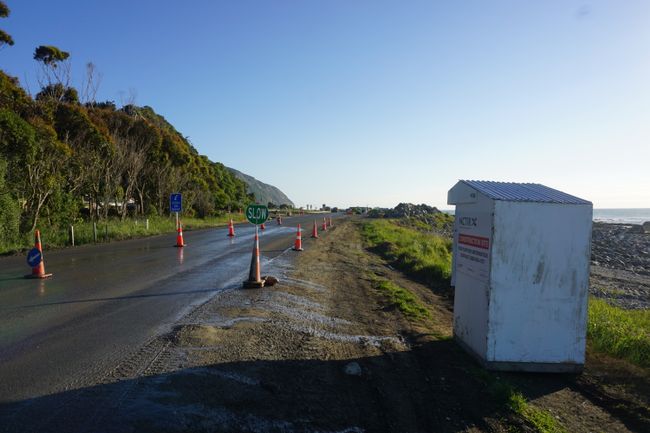
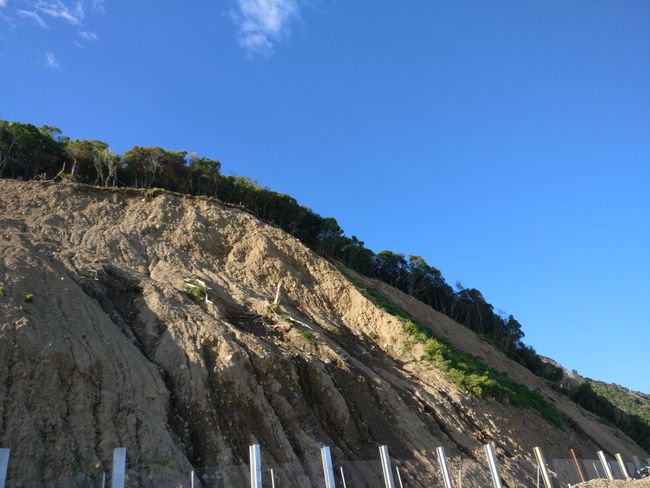
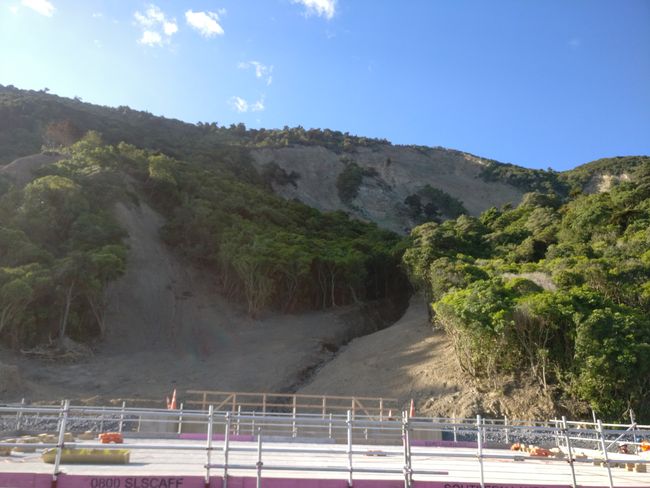
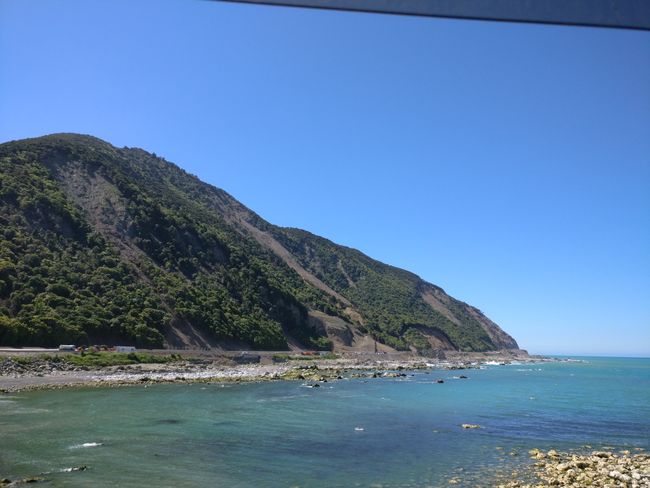
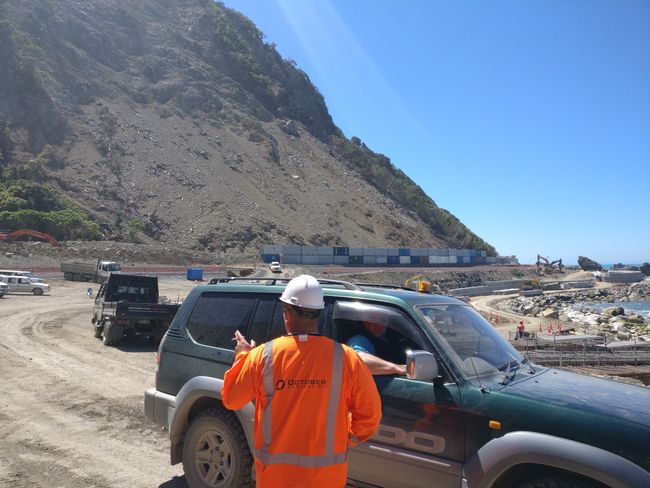
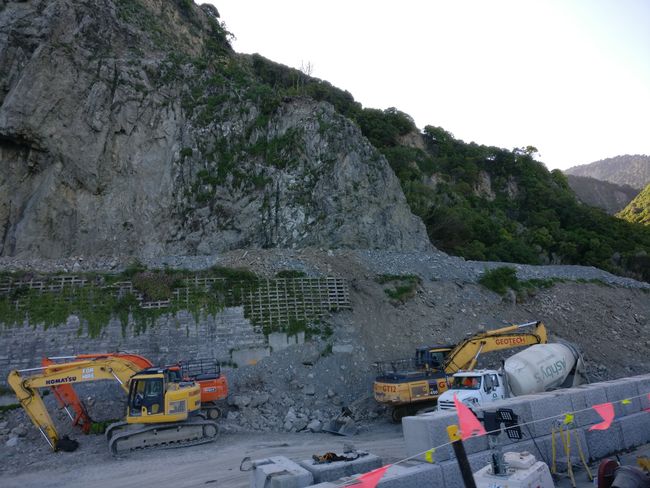
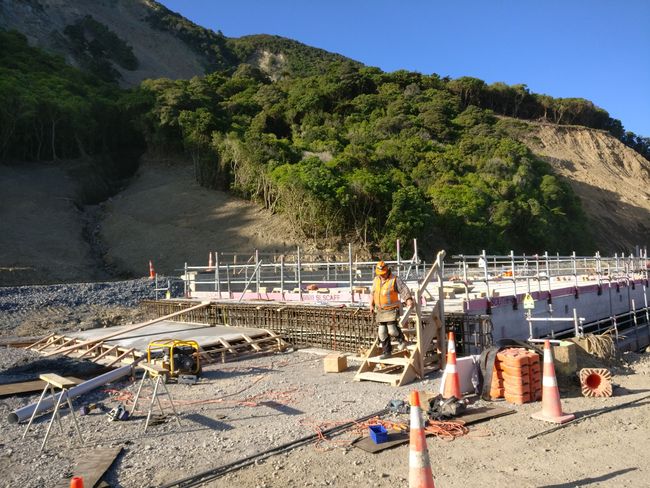
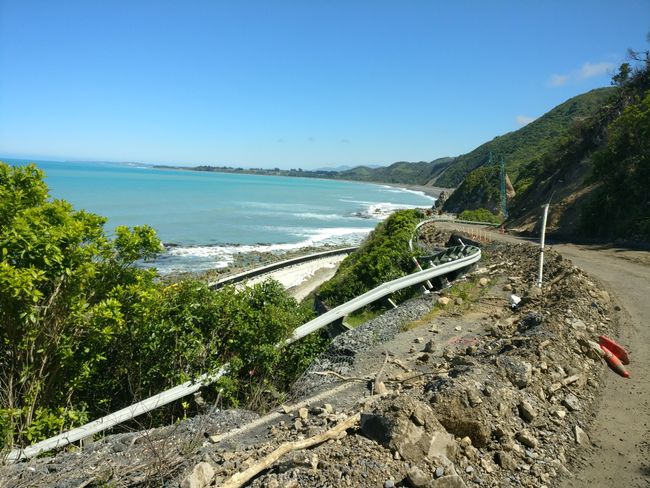
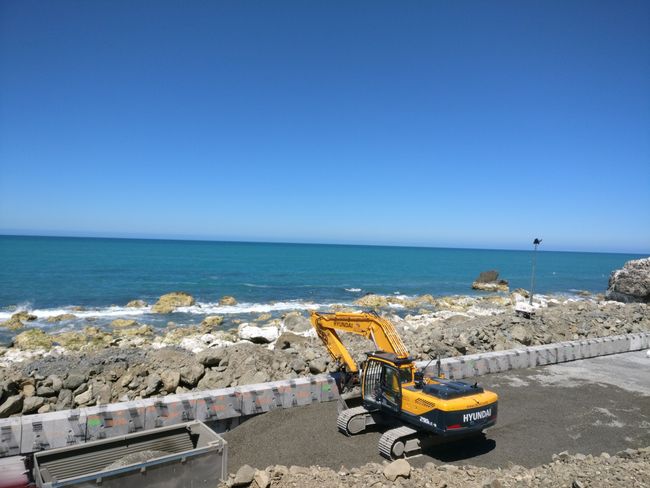
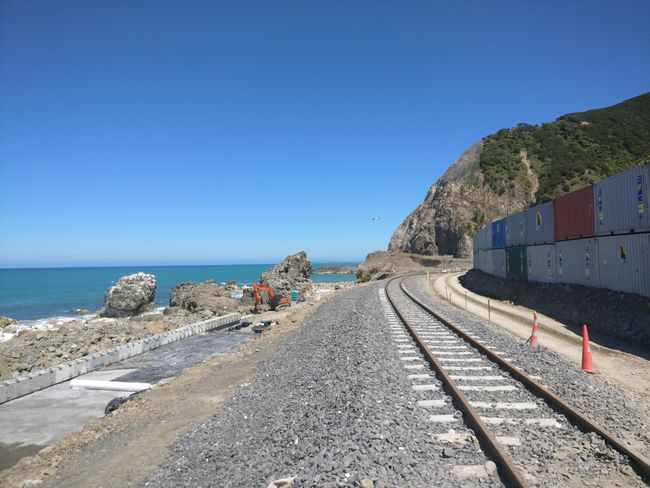
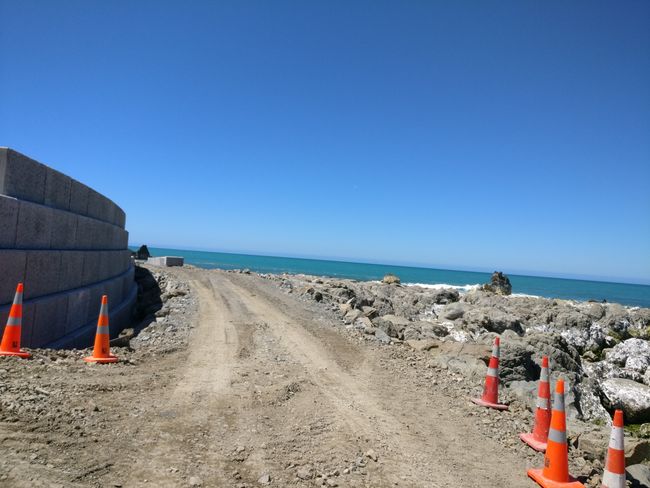
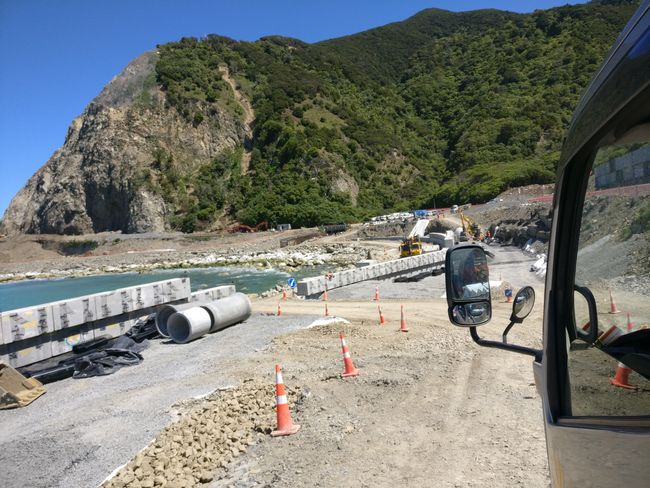
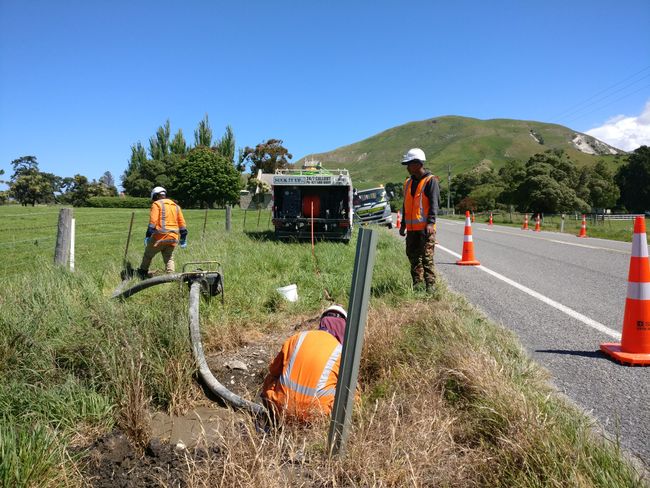
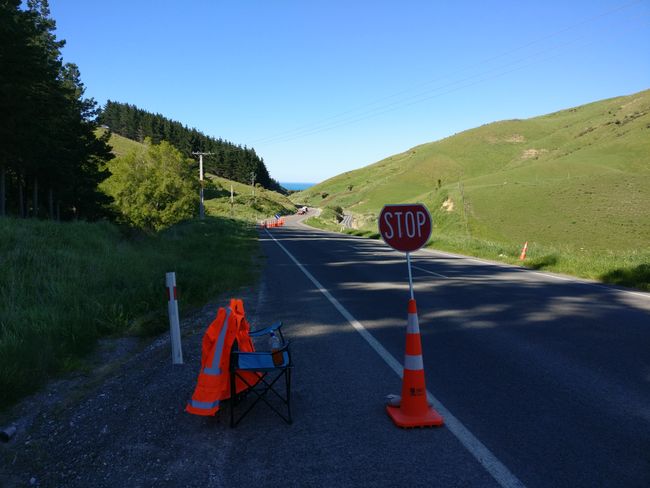

समाचारपत्रस्य सदस्यतां गृहाण
About Greymouth and the Victoria Forest Park, we return from the West Coast to the East Coast of the South Island. Our destination there is Kaikoura, once again.
Kaikoura is one of the most beautiful places in the whole world for me and already feels like home. Maybe this is because I arrived in this city right after my flight and it was the first thing I saw of the South Island. Even back then, I was impressed by the scenery with the snow-white mountains in the background and the ocean in the front. For me, that was always the symbol of New Zealand - towering mountains right by the sea. Kaikoura is located precisely between the mountains and the sea, which is simply incredible. The beach right at the door and Mt. Lyford for skiing just 45 minutes away - it doesn't get any better than this.
We spent some time in Kaikoura during our skiing season. Either to party, shop, or just relax. That's why I already know the place well when we come back. We already know many faces too, as the city is manageable.
Unfortunately, I have to say goodbye to Victor and Johana, who want to continue their journey towards Auckland along the West Coast. Kinga, on the other hand, is coming with us to Kaikoura, and Lucile is already there after her little trip. In Kaikoura, we will meet up with our bosses Tim and Hamish and their families from the ski area. We were all very happy to see them again. In summer, they run their bars and restaurants in the city. Bruce and Tom, on the other hand, are already back to teaching skiing in Canada and Austria.
Our plan is to spend a relaxing week in Kaikoura. I didn't think traveling could be so exhausting, and I would say I need a little rest. That's why we're taking it a bit easier this week. We sleep at the camping ground right on the beach, which is one of the best spots in Kaikoura. As the weekend approaches, the coveted spot often gets very crowded. Even though it's not even peak season yet, more people in their campervans and motorhomes are flocking to the city compared to the winter months.
In the end, we spend our days by the sea or we accompany Kinga for surfing. The spot Mangamaunu, about 20 minutes from Kaikoura, is very popular, even among professionals. Depending on the tides and the weather, waves can break up to 3 meters here, but on calm days, the spot is perfect for beginners as well.
We also hike up Mt. Fyffe, which is basically the mountain of Kaikoura. It takes us about 6 hours to reach the summit, the path is well-built and not too difficult. Most hikers spend a night at the hut halfway up to allow themselves more time. But we want to do everything in one day and save ourselves the effort of staying overnight at the hut. The view from the summit is really beautiful, and you can see very far into the distance. You can look at Kaikoura and the sea on one side, and deep into the Canterbury Alps on the other side. On a clear day like ours, you can even see the North Island from up there. After a break at the summit, we head back, but not the same way, but this time through the Cowhai Valley, which is much more interesting and exciting than the ascent.
Another day, we spend on the Kaikoura Peninsula, which extends a bit south of the town into the sea. There, you can get really close to the seals if you dare. On the way back along the beach, they are everywhere, resting on the rocks in the sun, regardless of their size. You should always keep an eye on the sea in Kaikoura, as you never know if at the same moment, Dusky or Hector's dolphins are jumping on the horizon or if you can spot a whale with its spout.
The whales and Kaikoura, they fit together perfectly. There is a huge restaurant just off the coast that can perfectly satisfy the huge hunger of a whale, no matter what type. Some species of whales return every year on their journey around New Zealand and are already known, while others are seen there for the first time. Of course, all of this also depends on the season. A regular guest, however, is the sperm whale.
Kaikoura has clearly decided against whaling, and the last whale was killed in the 19th century. Because they know exactly the business they can do today with the kings of the ocean. You have to shell out about $190 for a tour. The company Whale Watch Kaikoura is the most successful tourism company in New Zealand and is one of the top 10 in the world. Thousands of tourists from all over the world flock to the 5 boats every year, each with a capacity of up to 50 people. Tours are offered every day from 6 a.m. to 4 p.m. Usually, they don't sail in bad weather and rough seas, as even in good conditions, many tourists get seasick on the boats.
We also decide to take the tour. Unfortunately, we are not successful on the first try and we don't see any whales, only a few albatrosses and other birds as well as seals. However, a lot is also told during the tour, not only about the whales but also about Kaikoura and its reef. During a 2-3 hour tour, you get to hear quite a few interesting facts. In this case, a refund policy applies, just like it does for us now, and the captain determines how much percent can be refunded (depending on what was seen and how much). In our case, it would have been 80%. However, fortunately, we were able to ride for free through connections, as there were still vacant seats on the boat.
Fortunately, we get another chance, and the second time we are successful and see a sperm whale. The whale stays on the surface for about 15 minutes to replenish oxygen before diving for almost an hour or even longer and going on a search for food on the seafloor. That's why it's not quite easy to catch the whale at the right time, as it also has to be found first with the help of hydrophones. Our whale is longer than the boat, measuring about 20 meters, and it is really impressive to be able to observe it from such a close distance, especially when water keeps spouting from it. When it has enough oxygen, it dives again, and that's usually the most spectacular part. It's no different with us, because luckily ours raises the fluke high into the air when diving. In that moment, it's better to draw your camera because with the snow-white mountain scenery in the background, it becomes one of the best photo opportunities ever, which can also be found on every postcard from Kaikoura. After that, the action is already over, and we head back to the small harbor in South Bay, which is located about 10 minutes from Kaikoura on the other side of the peninsula. Overall, it was very interesting and exciting, also because the captains always have to track down the whales and there is no guarantee. Whale watching is a must-do for anyone passing through Kaikoura. Most people come to Kaikoura just for that, but in my opinion, it has much more to offer than just the whales.
During these days, we also applied for a new job, namely at SprayMarks as traffic controllers. Lucile has already been working there for about a week, and Kinga and I also want to start there. Around Kaikoura, both on the highway heading south and north, you can find them everywhere - the cheerful, sometimes dancing, young people wearing an orange vest and a white helmet, always with their hand on the stop/go sign, but still waving friendly when you drive past them. Their job is to direct traffic, with the only tools being the microphone and the stop/go sign. A metaphor in this case would be a traffic light. But why do they need so many young people here? Many may wonder.
If you look back exactly one year, one of the most severe earthquakes in New Zealand's history occurred just below Kaikoura at a shallow depth, with a magnitude of 7.1. The highway to the north was almost completely destroyed. There are a total of 8 huge slips there, which made the road disappear into the sea. The road has been closed to public traffic to this day, even a year after the earthquake. It took several weeks for the first excavators to make their way through all the slips. In the south, it is not quite as severe. On weekends, the traffic can almost run as usual, but only in single file. However, during the week, the road is closed to the public so that the workers can work in peace. The traffic controllers are needed because we have to coordinate normal cars, large trucks, excavators, and helicopters. An ordinary traffic light would not be smart enough and would make little sense since some situations are too complex and decisions must also be made spontaneously, adapted to the respective situation. Almost everything related to traffic on the two construction sites in the south and north is in the hands of SprayMarks.
SprayMarks already existed before the earthquake, but there have never been as many traffic controllers as there are now. Time is running out because parts of the road are supposed to be reopened before Christmas. Normally, the task is not to coordinate trucks and excavators as well as entire convoys on a construction site, but simply to stop or allow traffic when, for example, a lane is closed or just the curb, for example. Generally, it can be said that a traffic controller is there to protect the workers from the rest of the traffic so that they can work in peace.
And no, of course, this is not a dream job that everyone wants to do. Especially not everyone can withstand turning a stop/go sign for 12 hours or sometimes even more the whole day. The only reason why so many backpackers want to do this job is that it is very well paid and you can work as much as you want. That means a lot of money in a short time, and that's the goal of every backpacker at the end of the day. Nevertheless, many locals also work here, earning a fortune or working on weekends or evenings alongside school. Overall, I quite like it so far because the people in the team are super funny and you always have a good time, even if it can be boring sometimes when you don't really have anything to do.
The plan is to work here until the end of November..
To be continued
समाचारपत्रस्य सदस्यतां गृहाण
उत्तरम् (2)
Niklas
Super erzählt Luggi😊 Ma kann sichs richtig bildlich vorstellen, als wär ma selber in Neuseeland.
Viel Spaß Cous!😘Lukas
Danke mein cous und bis bald! 😘
यात्राप्रतिवेदनानि न्यूजीलैण्ड्
